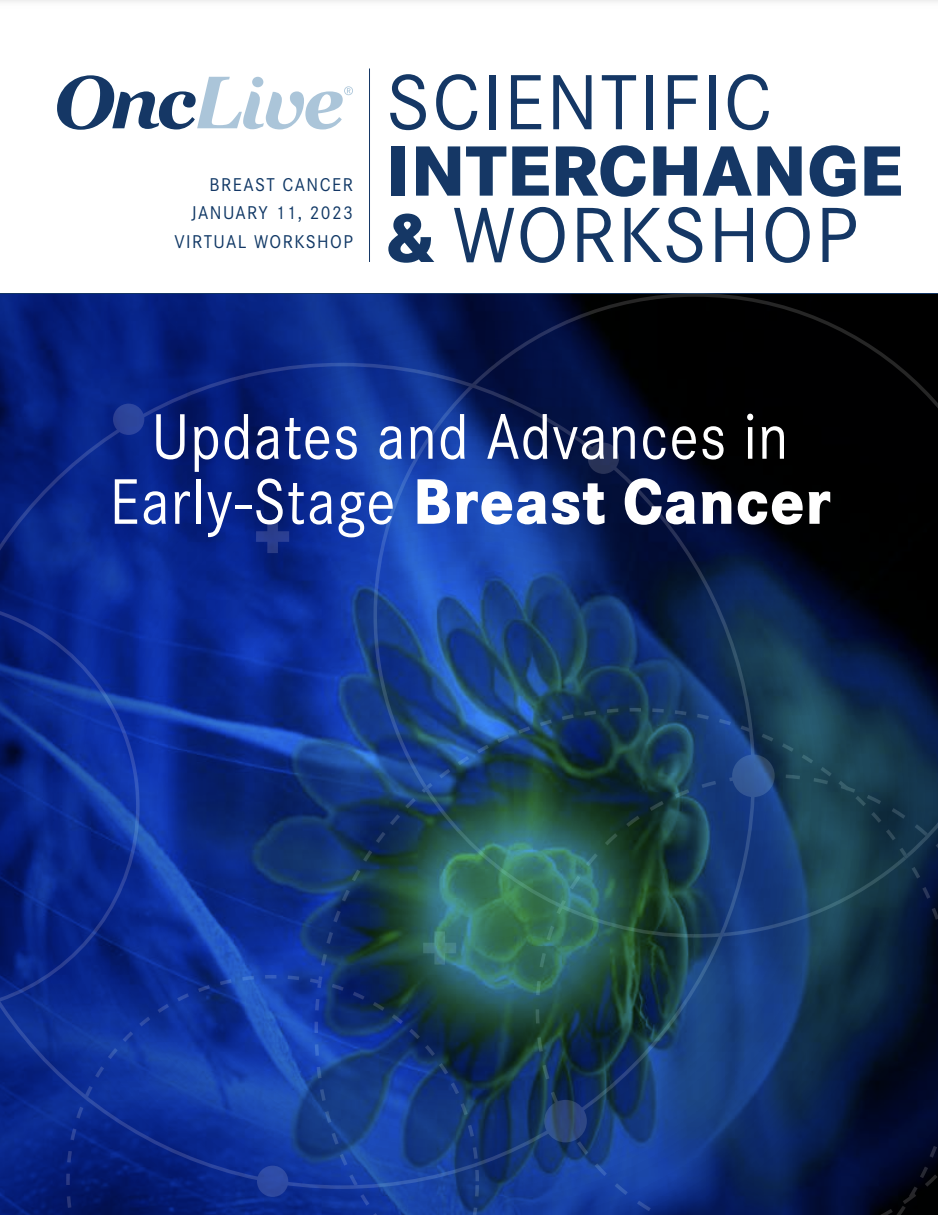Commentary
Video
Dr Devoe on Safety and Efficacy Data for ELI-002 7P in KRAS+, MRD+ PDAC and CRC
Author(s):
Craig E. Devoe, MD, MS, discusses data for ELI-002 7P in patients with MRD-positive pancreatic and colorectal cancers after locoregional therapy.
Craig E. Devoe, MD, MS, chief, Division of Medical Oncology and Hematology, R. J. Zuckerberg Cancer Center, chief, Hematology-Oncology Service, Long Island Jewish Medical Center and North Shore University Hospital. discusses findings from the phase 1a AMPLIFY-7P trial (NCT05726864), a multicenter study evaluating the safety, immunogenicity, and preliminary antitumor activity of ELI-002 7P in patients with pancreatic ductal adenocarcinoma (PDAC) and colorectal cancer (CRC) harboring KRAS mutations who are minimal residual disease (MRD) positive after standard locoregional treatments.
ELI-002 7P is an expanded spectrum vaccine that includes lymph node–targeted, amphiphile-modified KRAS G12D/V/R/C/S/A– and G13D–mutant peptides with an amphiphile-modified CpG oligonucleotide adjuvant intended to expand polyfunctional mutant KRAS-specific T cells.
AMPLIFY-7P enrolled patients with PDAC or CRC who underwent prior locoregional therapy that included surgery and chemotherapy, with or without radiation. They needed to harbor a KRAS G12D/R/V/C/S/A or G13D mutation; have no evidence of disease on imaging; and have MRD as detected via circulating tumor DNA (ctDNA) and/or serum tumor biomarkers.
The treatment protocol involved administering a fixed dose of Amph-CpG-7909 combined with two different doses of ELI-002 7P (1.4 mg and 4.9 mg), administered subcutaneously. Patients received 4 weekly doses, followed by 2 doses every 2 weeks, for a total of 6 doses, followed by a 2-week observation period before 4 additional booster doses were administered, Devoe says, The primary objective was to establish the safety profile of this regimen, assess immunogenicity by measuring T-cell responses, and evaluate preliminary antitumor effects.
Findings presented at the 2024 ASCO Annual Meeting showed that no dose-limiting toxicities occurred in patients treated at either dose level (n = 14). Devoe notes that local injection site reactions were observed; however, these were transient and decreased in intensity over time. Any-grade treatment-emergent adverse effects included fatigue (42.9%), malaise (21.4%), diarrhea (21.4%), abdominal distension (14.3%), and abdominal pain (14.3%). Notably, no instances of cytokine release syndrome or T cell–related toxicities were reported.
From an immunogenicity standpoint, the T-cell response rate was 100%, and the median fold change was 23.6. Further, both CD8-positive T-cell and CD4-positive T-cell responses were observed in 63.6% and 45.5% of patients, respectively.









